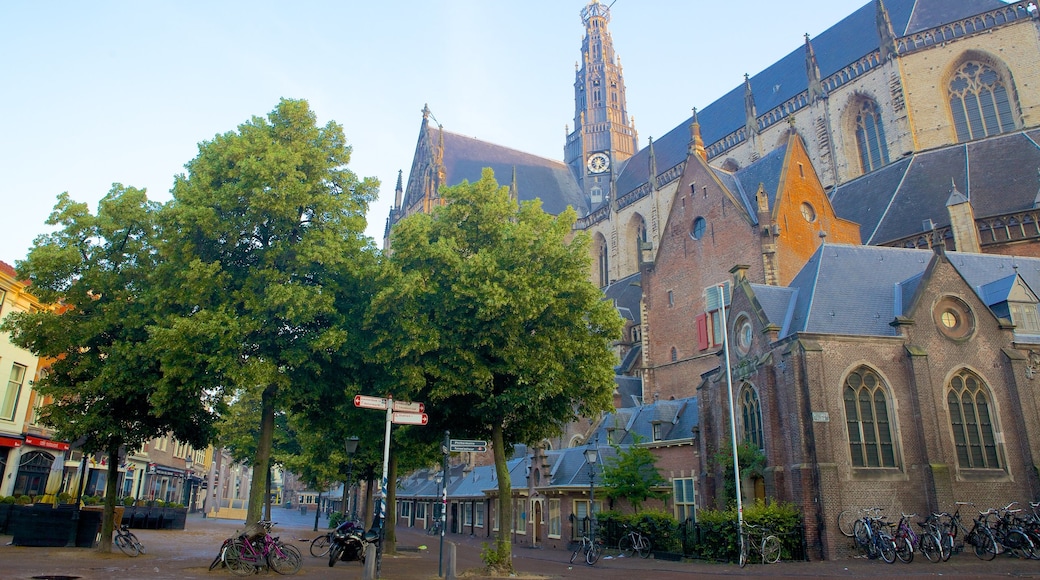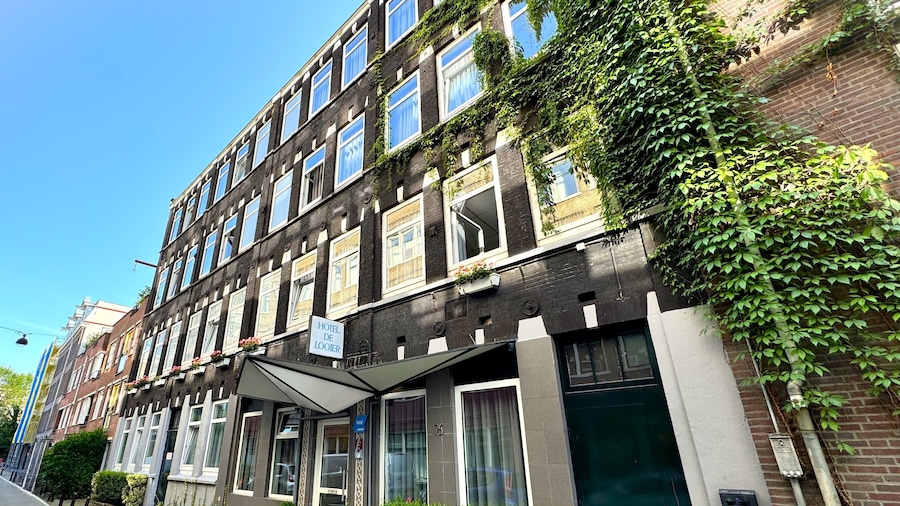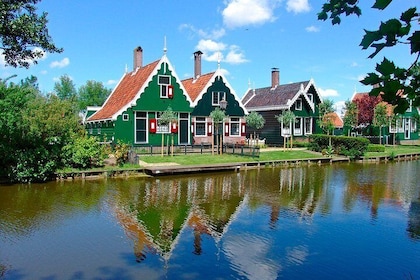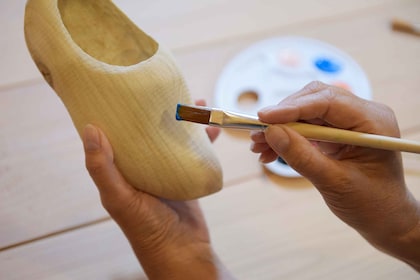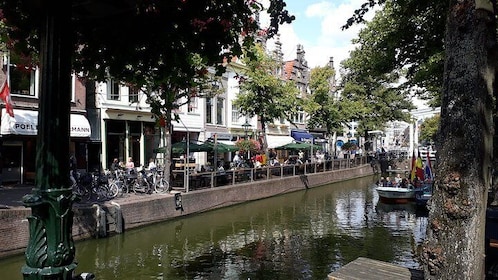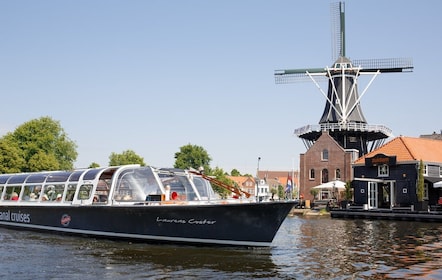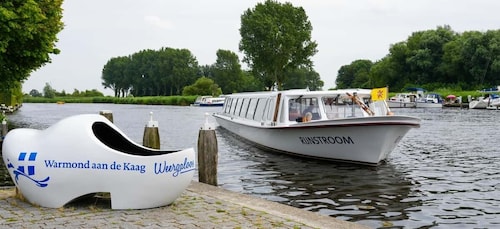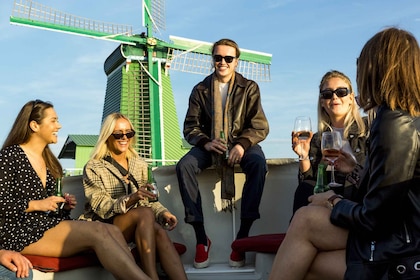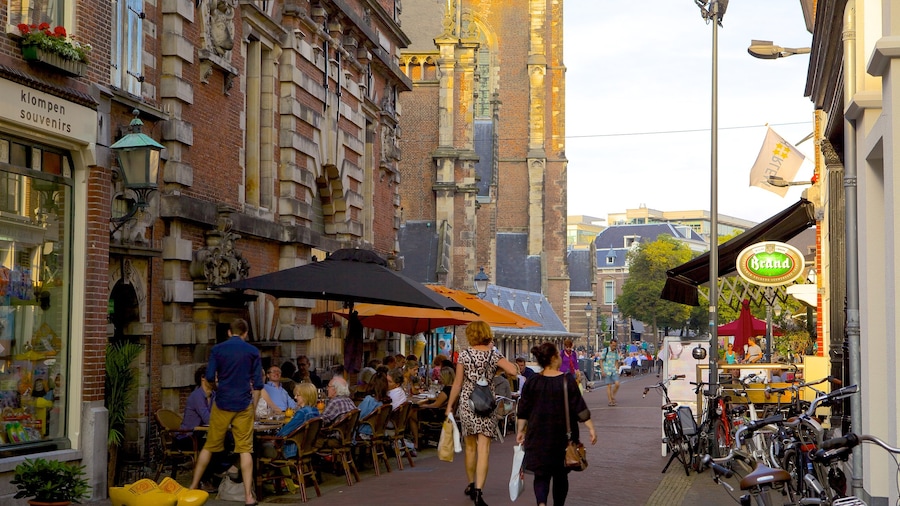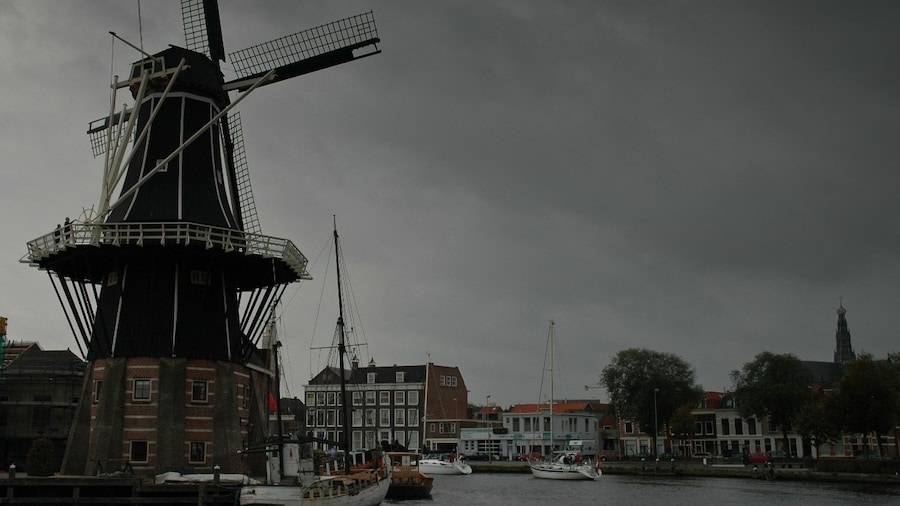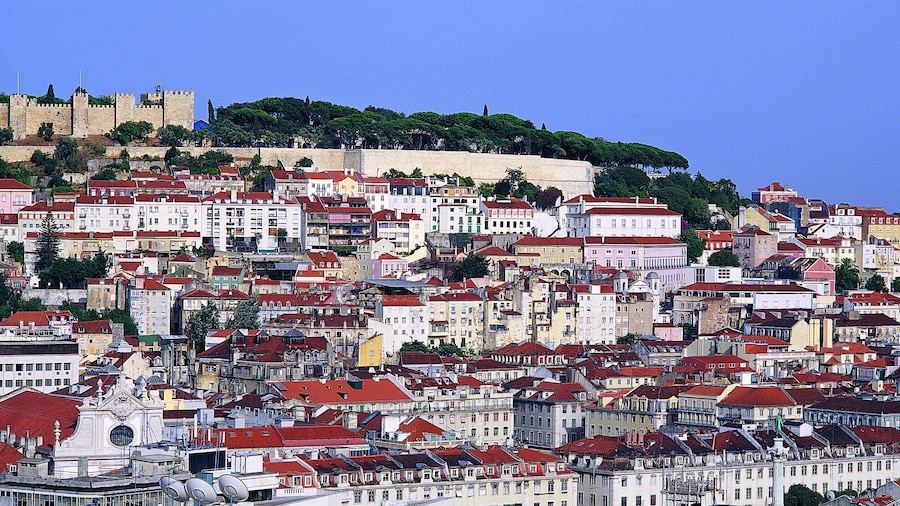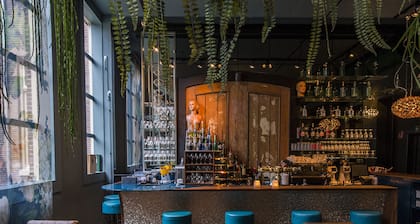At the entrance to the main square of Haarlem, stop for a moment and look up at the great church, Grote Kerk. The Gothic building with the crown-topped clock tower is the Protestant church, also known as St. Bavokerk. This church became the prominent feature on Haarlem’s skyline when it was built in the 14th century and has continued to play an important part in the life of the town.
Grote Kerk has an unusual nickname, “Jan with High Shoulders,” because of its unusual height, a result of raising the transept in the 15th century. Sadly, the exterior of the Grote Kerk lost most of its decorative statuary in the 16th-century backlash against the religion of the Spanish, who were at that time the rulers of the Spanish Netherlands.
Quite a few famous people have come through the doors of the church. Dutch Master painter Frans Hals is buried here, as is Pieter Teyler, merchant and amateur arts and sciences enthusiast whose collections are housed in the Teylers Museum. The church is also featured in the biography of Corrie ten Boom, a prominent figure of the town who saved the lives of many Jews and underground rebels during World War II.
Inside, the huge organ is 98 feet (30 metres) high, has around 5,000 pipes and is famous for having been played by Handel and Mendelssohn, as well as the young Mozart on a visit to Haarlem. In summer, attend one of the regular weekly organ concerts.
Pay a small entry fee to see the art and furnishings inside the church that date from the 15th to the 17th centuries. Look for the ceiling paintings in the choir and the models of 16th- and 17th-century warships in the seamen’s guild chapel. Take the Saturday afternoon tour to learn about the history of the church and its artworks.
Grote Kerk is closed to the public during Sunday service.



